Staying on top of the latest UK drone laws can be tricky, with new legislation recently changing the legal landscape for drone flyers. Luckily, we've rounded up all of the latest drone law changes, and suggested the best apps to help you decide where to safely fly your drone in one handy place. (Not in the UK? Scroll down to the end of the page to find out about drone laws in your region).
Drones are a great way to enhance your photography and videography skills, as they can serve up exciting aerial viewpoints and give you access to otherwise inaccessible locations.
But unlike your regular camera, you can’t just unbox your new drone, charge it up and take it out for its first flight. There are a number of important tasks you need to perform to ensure you're abiding by the latest UK drone laws.
With new police powers, drone laws and large on-the-spot fines now in place, it’s more important than ever that you know where you stand and what’s required of you as a drone pilot.
There are also some new UK drone laws coming, which were due to take effect from July 2020 but have now been delayed until 31 December 2020 (see further down this page).
While this may sound daunting, right now it's actually all quite simple. Here’s everything you need to know about flying drones legally and safely in the UK.
- These are the best drones you can buy right now
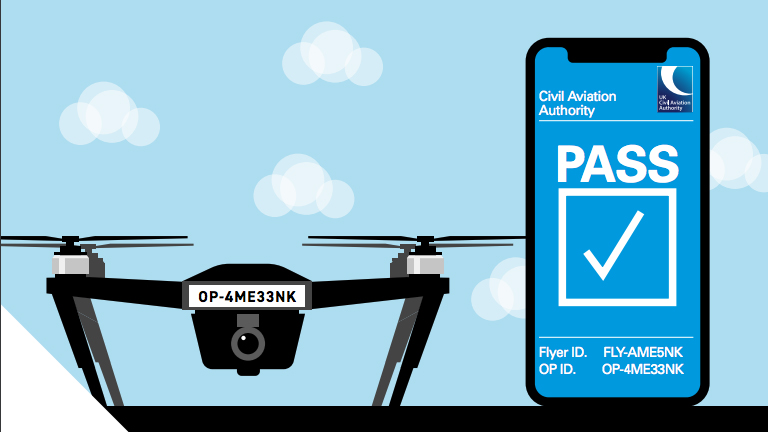
UK drone laws: the basics
- Keep your drone in direct sight
- Don't fly higher than 120m above ground
- Avoid flying closer than 50m to people, buildings and cars
- Don't fly closer than 150m to buildings and crowds of people
- You now need a drone operator ID for drones between 250g-20kg
The most important basic information to familiarize yourself with is the Drone Code, which clearly outlines what you should and should not do when flying a drone. This information also makes it clear where you can and cannot legally fly your drone. In a nutshell, follow this simple guide at all times and you’ll have no problems.
When flying, your drone must always remain in unaided visual line of sight and fly no more than an altitude of 400ft (120m) and a distance of 500m (1640ft). With most drones, you can set these parameters to stop you from exceeding them.
When flying you should never fly closer than 50m (150ft) to people or properties. It’s recommended that you don’t fly over people. For crowds of people and built-up areas, you should never fly closer than 150m (500ft), which means you can’t legally fly over them.
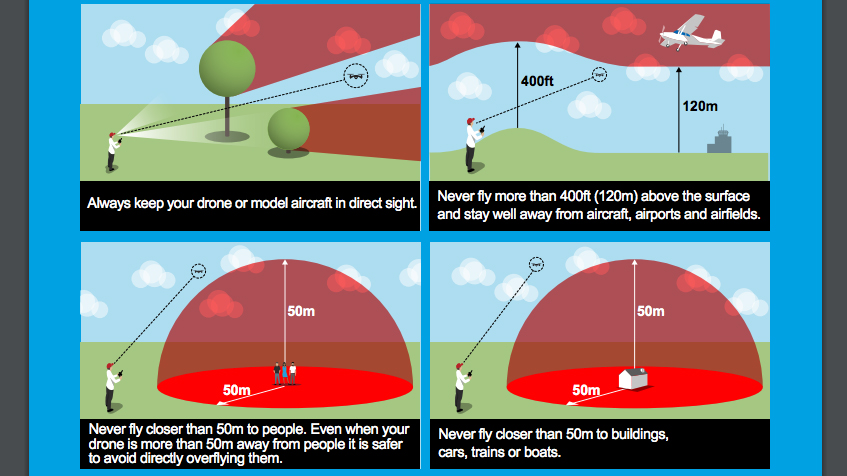
For airports, things are a little different for obvious reasons. Around all aerodromes and airports, there’s an exclusion zone (restricted airspace) of 2-2.5 nautical miles, with a 5km long and 1km wide exclusion at both ends of each runway.
Restricted airspace means that you cannot fly in these places unless you've got permission from the relevant authority. These include around airports, critical infrastructure and military installations. Take all of this into account, though, and you'll be fine – as long as you've registered your drone...
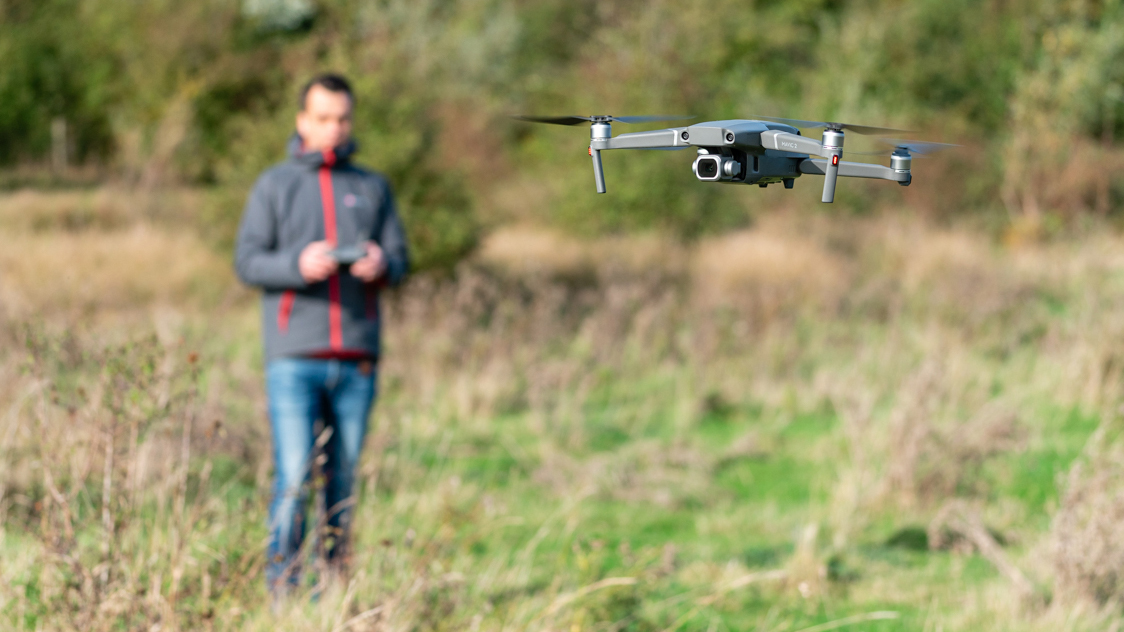
UK drone laws: the drone registration scheme
- For drones between 250g-20kg you now need a valid flyer ID
- To get this you need to take an online test and pay £9 per year
- The online test only needs to be taken every three years
- The DJI Mavic Mini's 249g weight means it doesn't need a flyer ID
New UK drone laws came into effect on 30 November 2019. These require anyone who flies a drone that weighs between 250g and 20kg to take an online safety test consisting of 20 multiple choice questions and to register as a drone operator and flyer.
Weighing in at just 249g, the DJI Mavic Mini is therefore exempt from this law.
The operator ID must be displayed clearly on your drone(s). This means it’s now illegal to fly a drone in the UK without meeting these new requirements, unless your drone weighs 249g or less, you only fly indoors or within a secure netted area.
The cost of the test and getting the operator and flyer IDs is £9 per year, and the online test only needs to be taken every three years. For more information about the new laws, to take the online test and obtain operator and flyer ID visit the official Civil Aviation Authority page.
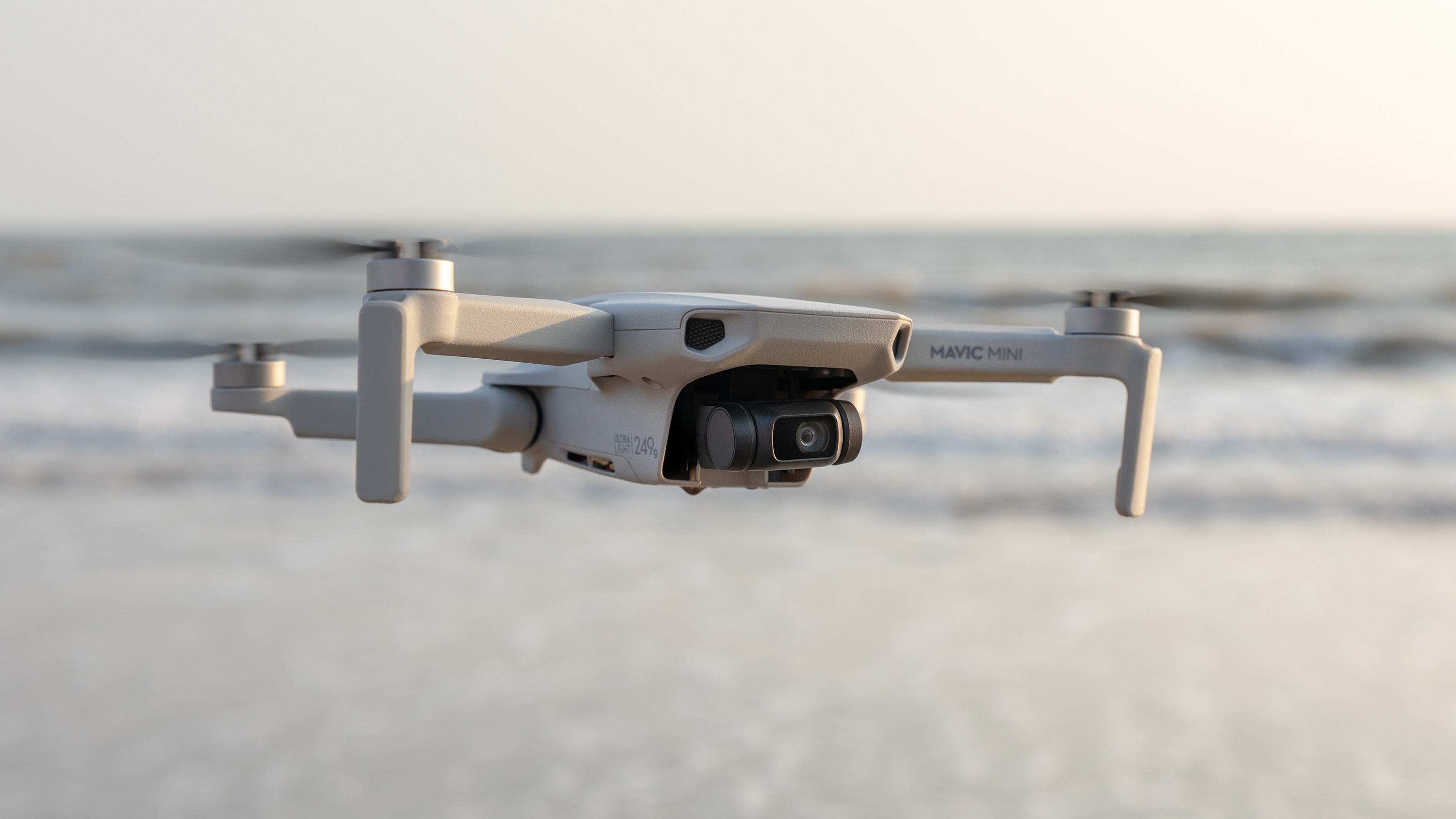
UK drone laws: new police powers
Police forces across the country have received new powers to land, inspect and seize drones thanks to new legislation – the Traffic Management and Unmanned Aircraft Bill. They also have new stop and search powers around airports, prisons and other restricted locations.
Drone pilots could face on the spot fines of up to £1,000 for offences such as not having or displaying a flyer ID on drones weighing over 249g, not being able to provide proof of permissions and exemptions and, of course, for flying dangerously and/or in restricted locations.
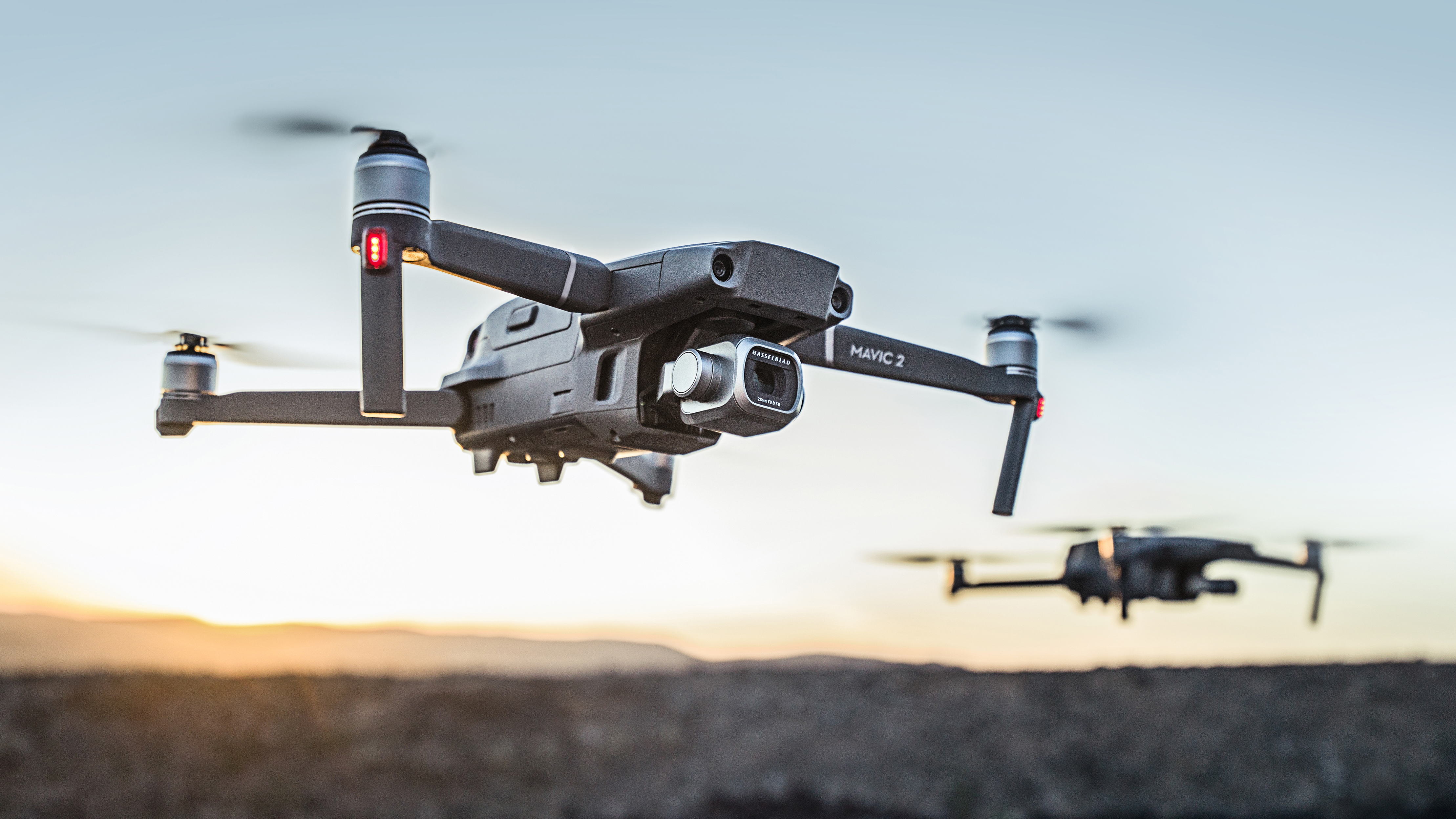
UK drone laws: useful tools to help you fly safely
- All new DJI drones over 250g will include AirSense technology
- This system will help alert you to any aircraft within miles of your drone
- NATS Drone Assist and UAV Forecast are also helpful apps for drone pilots
Flying drones isn’t rocket science, and in many cases having an up-to-date knowledge of the Drone Code and a dose of good old fashioned common sense will keep you, your drone and everyone safe.
In the near future, DJI will introduce a new alert system into consumer drones called DJI AirSense. This system uses ADS-B (Automatic Dependent Surveillance-Broadcast) technology, which is used in aeroplanes and helicopters, to provide drone pilots with location data from nearby aircraft fitted with ADS-B transmitters. This flight data will be provided through DJI flight apps to alert drone pilots of potential risks to allow them to respond accordingly.
There are also a number of third-party apps that make safe flight planning quick and easy. So here are two apps that are essential for everyone, whether you're flying a drone for fun or commercially (if you’re a Permission for Commercial Operations (PfCO) licence holder). And best of all, they’re both free:
UK drone laws: the apps to download
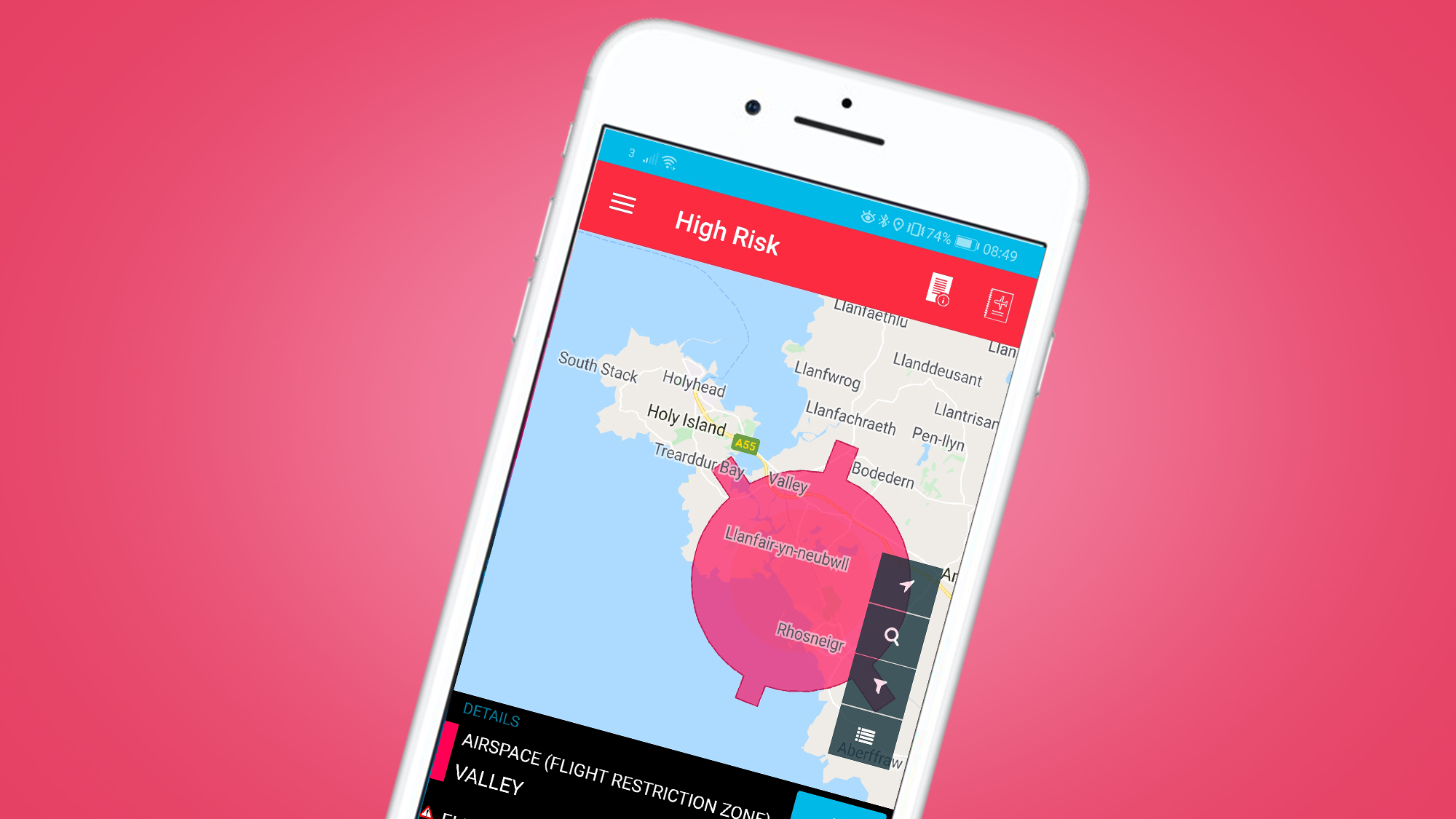
NATS Drone Assist
NATS Drone Assist is an essential app because it allows you to locate your current position using GPS, or to search for a planned location in advance. It shows restricted airspace, NOTAMs (notices to airmen) which are temporary warnings, and rules governing airspace, as well as ground hazards and much more. Basically, this app tells you whether or not you can fly your drone safely and legally.
Download NATS Drone Assist for Android
Download NATS Drone Assist for iOS

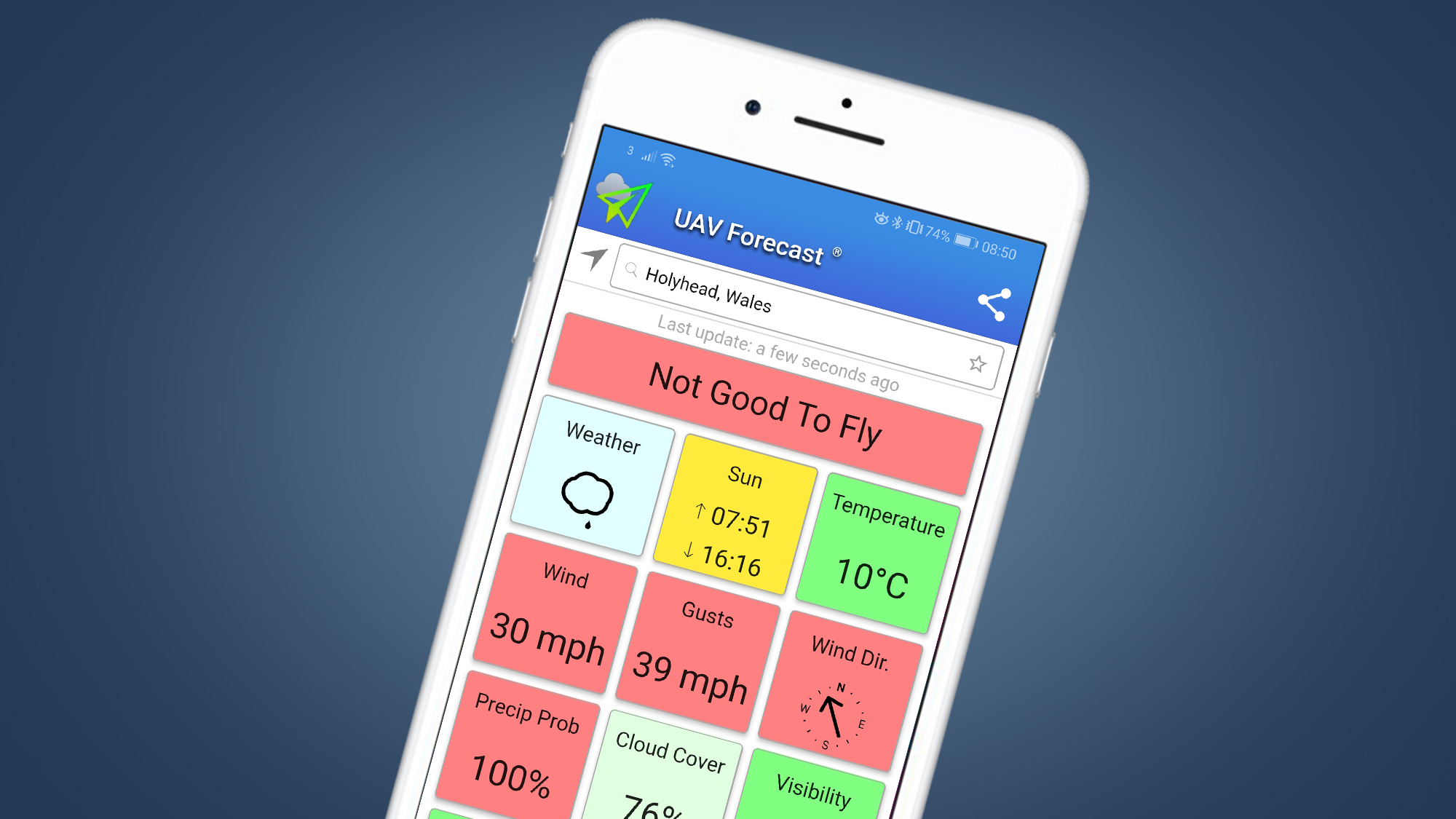
UAV Forecast
UAV Forecast is a weather app aimed directly at drone pilots and gives you a range of weather and other relevant information to help you decide whether it’s safe to fly. Observation of weather conditions on location remains essential, but this allows you to get a good idea of whether or not it’s safe to fly in advance.
Download UAV Forecast for Android

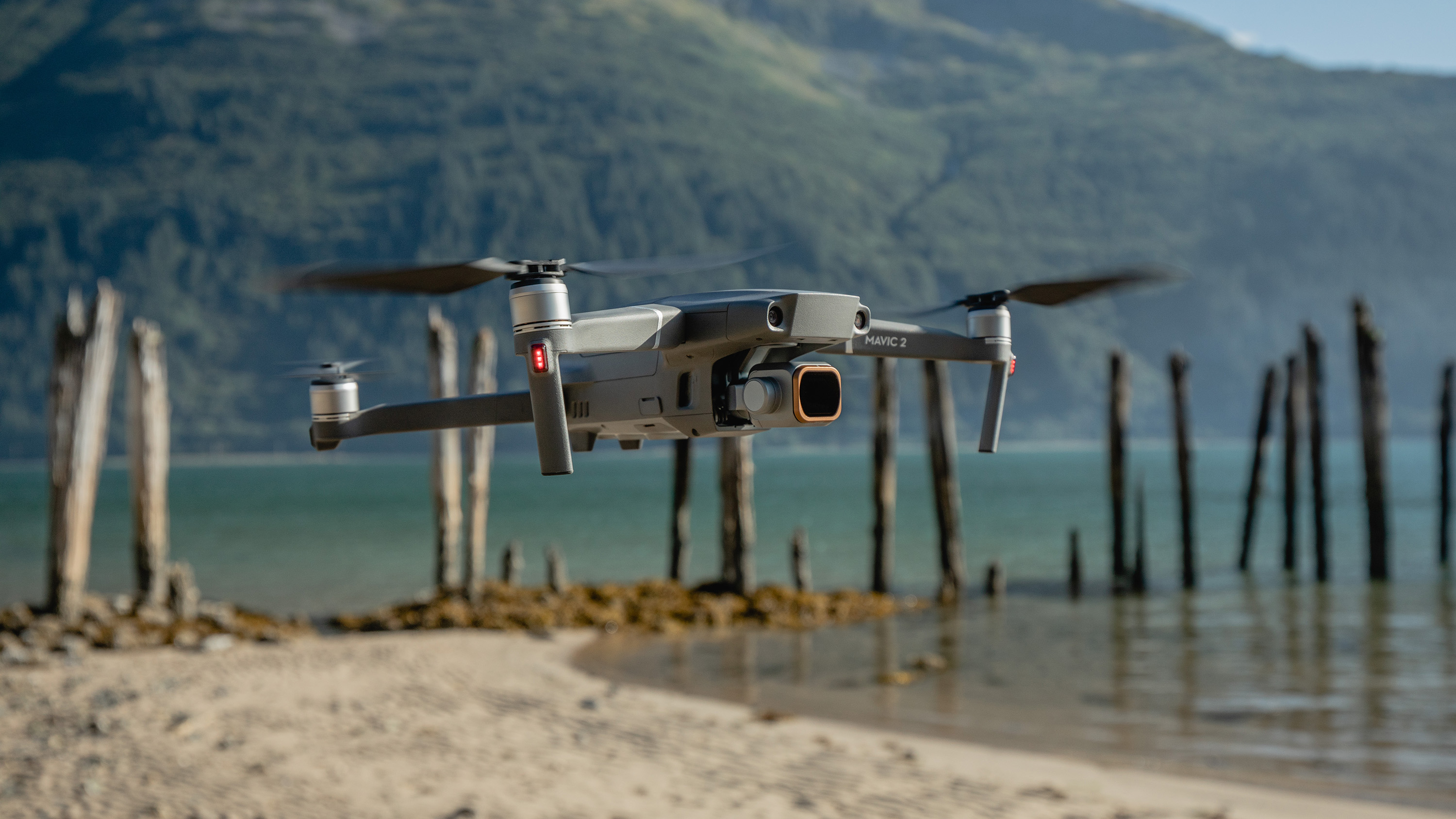
UK drone laws: what laws are coming next?
Some new UK drone laws were due to come into force in July 2020, but the CAA has announced that these will now instead be starting from December 31 2020. For now, this means you should simply continue to follow the drone code and register yourself as a drone flyer, but it's worth being aware of what's coming – particularly if you're planning to take a drone course to become a certified pilot.
The aim of the new regulations is to see the UK align with the European Aviation Safety Agency, rather than having different rules for each country. This will see big changes in the differences between leisure/hobbyist and commercial flights, with a greater emphasis on the type of drone you have and where you intend to fly. The current differentiation between 'commercial' and 'non-commercial' operation will be removed, and instead replaced by new categories.
These categories – called Open, Specific and Certified – will have different requirements in terms of training and also the types of drones you can use. Recreational flying will be covered by the 'Open' category. You can find a handy overview of the new regulations in this video from CAA-approved drone trainers Heliguy.
In short, it's going to get a little complicated from 2021, but for now just make sure you're registered as a pilot and follow the drone code and you'll be fine as a recreational drone flyer.
US and Australian drone laws
These drone law guidelines are only applicable to the UK. If you live in the US or Australia, then follow the links below to learn more about the drone laws that are relevant to you:
- These are the best drones in the world right now
from TechRadar - All the latest technology news https://ift.tt/2vXE2aJ